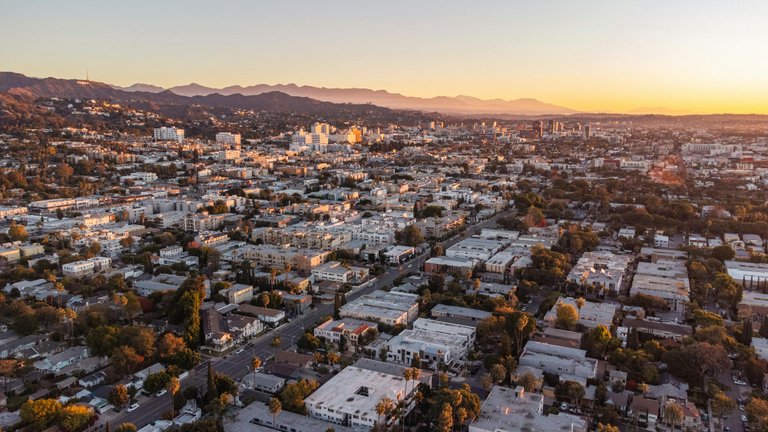Town Planners in Town
I didn't know there was something like a town planning group in my state until I worked in an architectural office during my Industrial Training (I.T.) days in school. I used to think houses are built anyhow because there were many buildings in places they ought not to be.
My boss would assign us plans to design, calculate, and balance the dimensions, and then put them into a standard form. After that, he would take the house plan to the town planning office for authorization, following an inspection of the building site, which would take about a week.
It was through these people that I learned a lot about their operations, especially regarding bribery. One day, a client came to our office when my boss wasn't around, so he met with me and my senior colleague. He discussed the building he wanted and asked us to work on it while he waited for our boss to arrive because he had something important to discuss with him and couldn't come back later.
We began working on the plan, and within a few minutes, our boss arrived. They exchanged greetings, and the client wasted no time in explaining his problem.
"This plan your boys are working on, where I want to build it, is in a place where the town planners wouldn't allow because it covers a water flow system. I want you to help me persuade them to allow it because I'm sure you know them better," the man boldly stated to our boss in a slightly elevated tone, which we clearly heard. He wasn't shy to say our the mindset to bribe.
"Hahahaha! What you're asking for is very much doable, but it will cost you money. You know, anything is possible with money," our boss laughed and replied.
They further discussed the amount needed and when they would meet the town planners to sort it out.
Sigh!!!
You see the reasons why some houses are still built in the wrong places, even when there are functioning town planners in a place. Over here in my country, some places are so corrupt that town planners don't adhere to the right laws; they circumvent regulations just to make money.
Planning and positioning buildings in a city is essential for both aesthetic appeal and practical functionality. By strategically placing structures, urban planners can enhance the beauty of the cityscape while also improving residents' quality of life. One crucial aspect is ensuring proper drainage systems, which prevent flooding and water stagnation. When houses are not built in areas that obstruct the natural flow of water, such as low-lying areas or floodplains, it reduces the risk of water damage and improves overall safety.

Moreover, thoughtful city planning considers factors like accessibility to amenities, transportation routes, and green spaces. This holistic approach creates vibrant, livable communities where residents can easily access essential services and enjoy recreational activities. Ultimately, well-planned cities foster a harmonious balance between functionality and aesthetics, enhancing the overall well-being of their inhabitants.
Thanks for reading.
This is for day 8 of #mayinleo prompt.
Do well to read the full details here
Posted Using InLeo Alpha

You are very correct here because the issue of buildings collapsing can be avoided completely.
Exactly!👌
!BBH
@beckyroyal! Your Content Is Awesome so I just sent 1 $BBH (Bitcoin Backed Hive) to your account on behalf of @kingsleyy. (5/20)
😊